- Product
- Solution for
For Your Industry
- Plans & Pricing
- Company
- Resources
For Your Industry
Omnichannel and multichannel sales strategies, while both involving multiple channels, offer distinct approaches to customer engagement. Understanding the nuances between these strategies can significantly impact a business’s ability to provide a seamless and personalized customer experience.
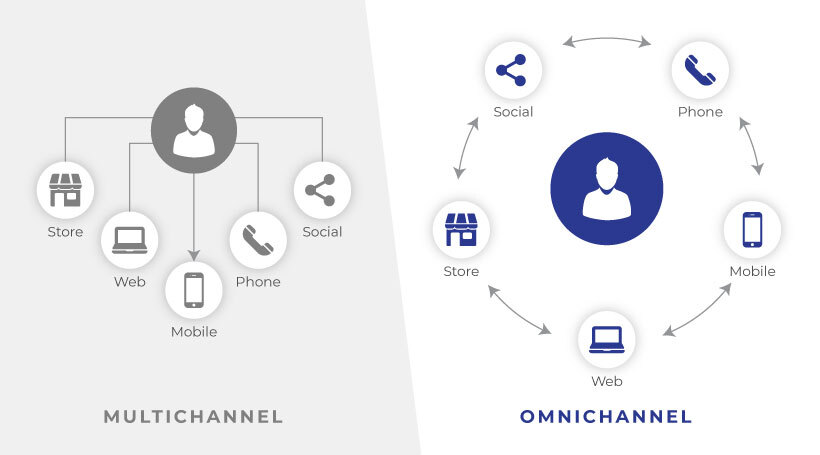
A customer starts their shopping journey on a mobile app, adds a product to their cart, and then decides to complete their purchase in-store. In an omnichannel environment, the customer’s cart is automatically synced with the in-store system, allowing them to continue their shopping experience without any interruptions.
A customer orders a product online and later returns it to a physical store. If the channels are not integrated, the store may not have access to the online order information, leading to delays or confusion.
By carefully evaluating these factors, businesses can determine the most suitable strategy for their specific needs and achieve their desired outcomes.
Sephora, a leading beauty retailer, has excelled in omnichannel execution. Their in-store “Sephora to Go” service allows customers to place online orders and pick them up in-store, providing convenience and flexibility. Additionally, Sephora’s mobile app enables customers to scan products in-store, access reviews, and even book beauty services.
Starbucks has seamlessly integrated its online and in-store experiences. Customers can order ahead on the mobile app and pick up their drinks at designated locations. The app also allows for mobile payments, loyalty rewards, and personalized recommendations.
Target has leveraged omnichannel to offer a variety of services, including in-store pickup, same-day delivery, and ship-from-store. These options provide customers with flexibility and convenience, regardless of their shopping preferences.
To overcome these challenges, businesses should:
Competitor price monitoring plays a crucial role in optimizing both omnichannel and multichannel sales strategies. By tracking the pricing activities of competitors across various channels, businesses can:
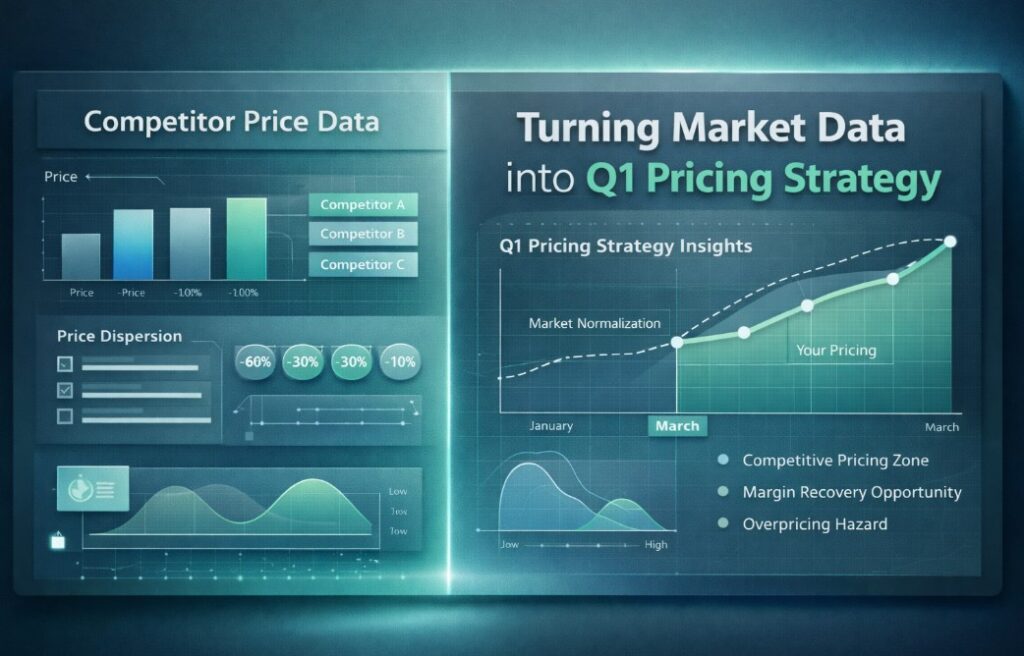
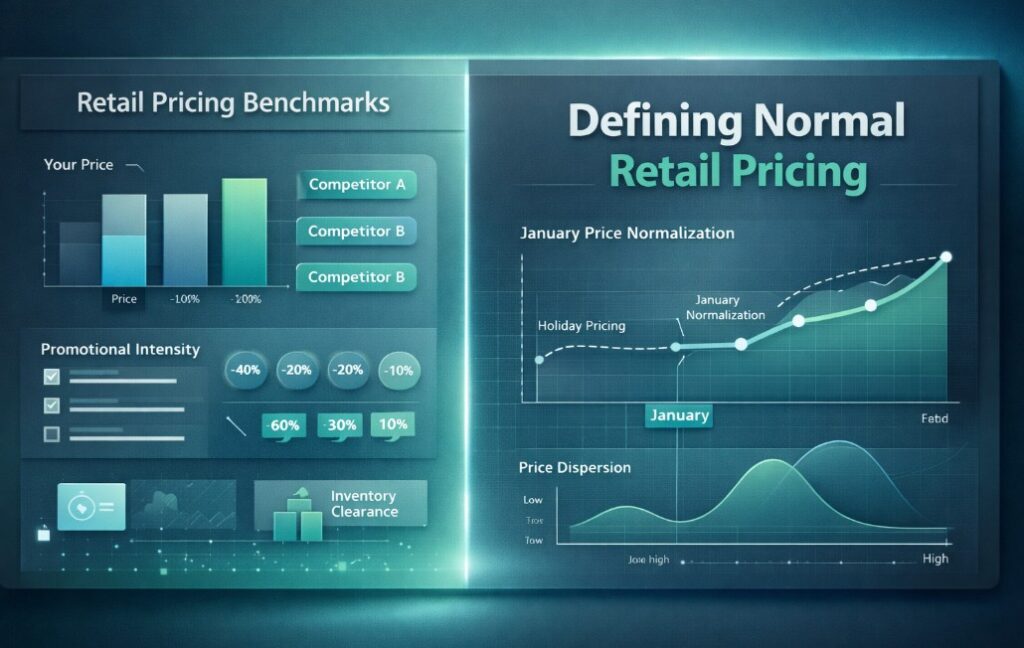

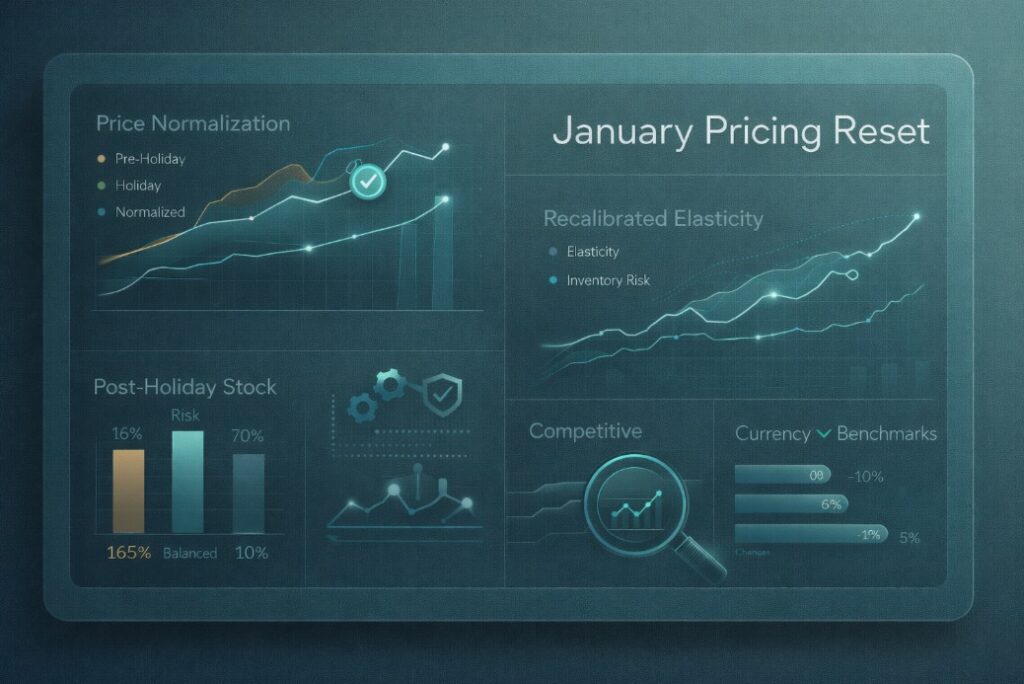
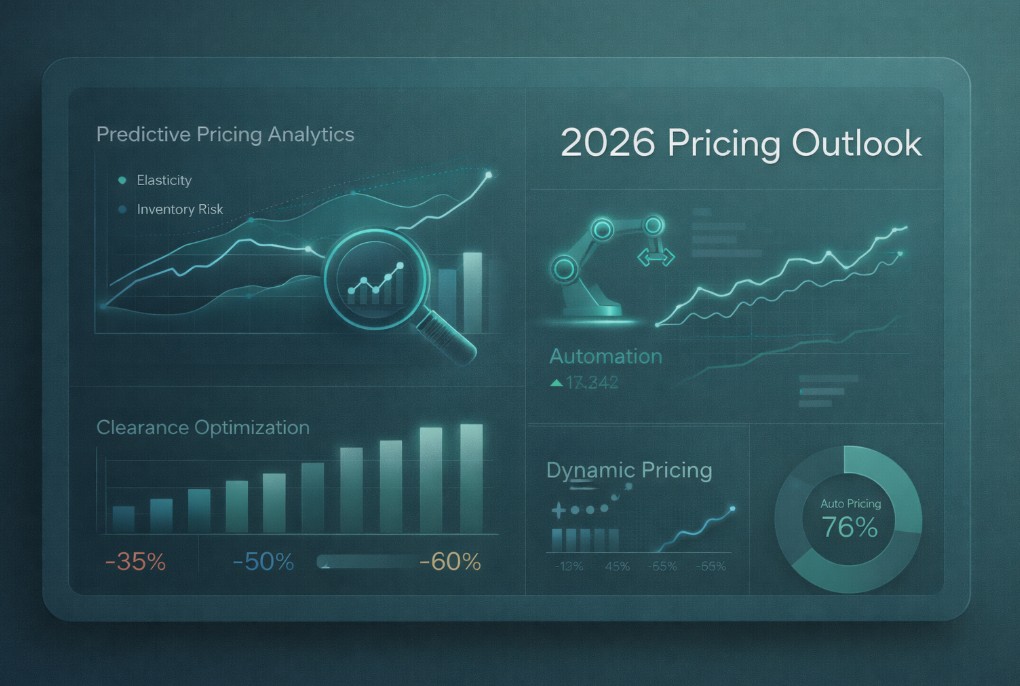

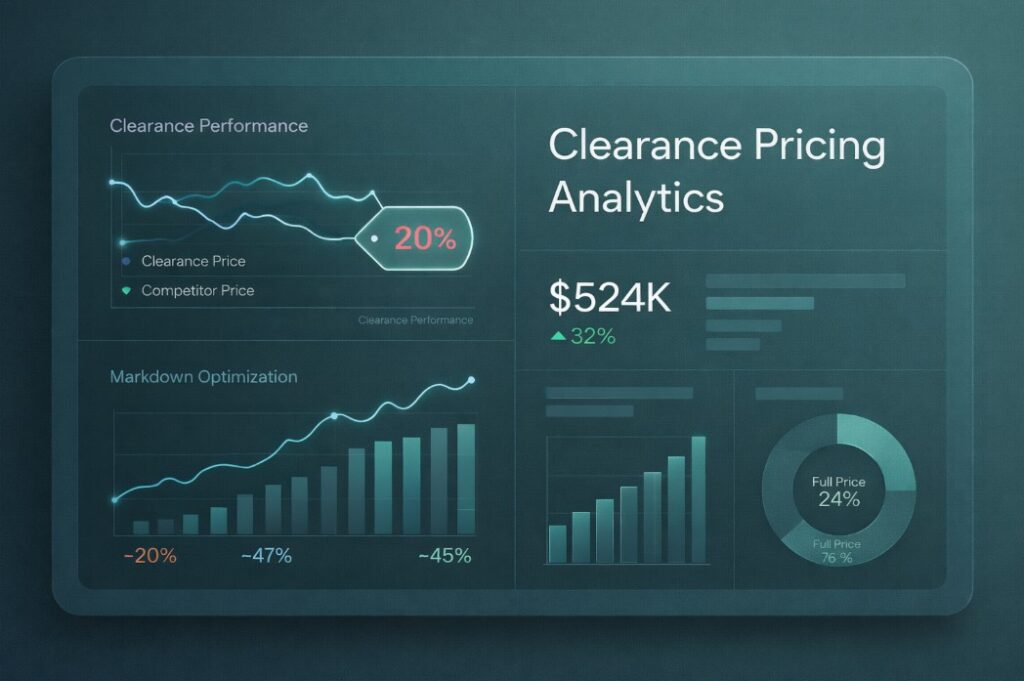






Missing an important marketplace?
Send us your request to add it!